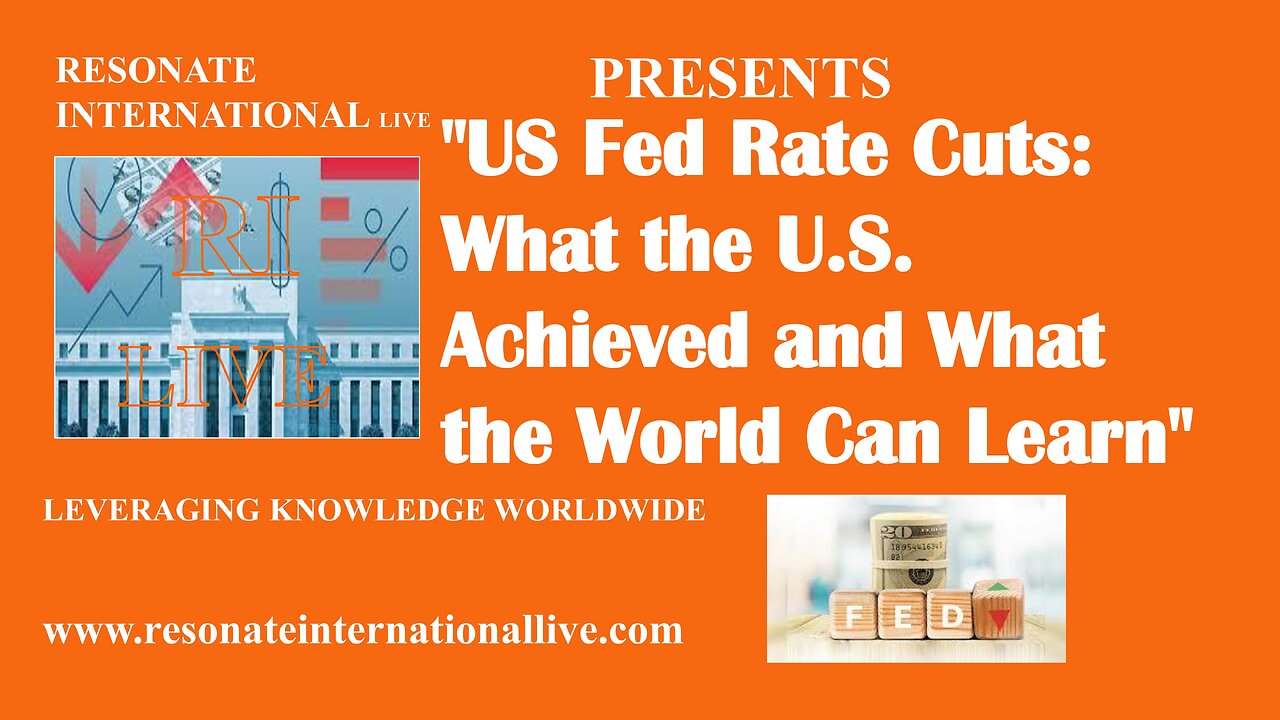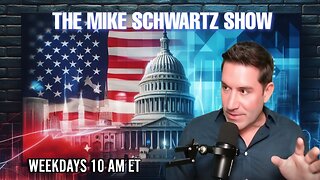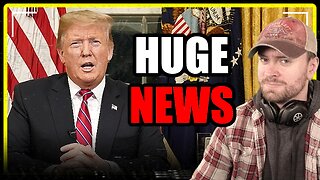Premium Only Content

"US Fed Rate Cuts: What the U.S. Achieved and What the World Can Learn"
The U.S. Federal Reserve’s recent rate cut was driven by an urgent need to stimulate the economy amidst slowing growth, softening inflation, and increasing global uncertainty. While the intent was to boost investment, consumer spending, and economic confidence, the results have been mixed. A global comparison of the U.S.'s strategy with other major economies like the Eurozone, Japan, China, India, Brazil, and South Africa shows a broad range of outcomes and underscores key lessons about the limitations of monetary policy alone in addressing deep-rooted economic challenges.
The U.S. Federal Reserve’s rate cut, while beneficial in some areas, has shown that monetary policy alone cannot solve deep-seated economic issues. The U.S., alongside other economies like India, Brazil, South Africa, and developed economies such as Japan and the Eurozone, underscores that rate cuts must be supported by structural reforms to have lasting effects. The experiences of these countries reveal that inflation control, business confidence, and currency management are essential components in ensuring that monetary easing delivers its intended benefits.
Global policymakers must therefore adopt a multi-faceted approach that harmonizes immediate monetary policy responses with the enduring necessity of sustainable structural economic reforms. This dual strategy would not only address the urgent needs of today but shall also lay the foundation for a more resilient and equitable growth in times to come thereby ensuring that economies not only survive but thrive, benefiting all layers of society in every nation in this deeply interconnected and interdependent world.
-
 2:55:53
2:55:53
Alex Zedra
5 hours agoLIVE! Scary Game Night
40.7K1 -
 1:36:47
1:36:47
Badlands Media
19 hours agoAltered State S3 Ep. 40: Norm Eisen, Color Revolutions, and Chinese Honeypots
66.6K6 -
 2:11:22
2:11:22
TheSaltyCracker
6 hours agoRFK Kills mRna & EBT ReEEeStream 8-06-25
100K179 -
 1:22:03
1:22:03
RiftTV
9 hours agoHerbert Esmahan DETAILS Bukele’s Rise to POWER & El Salvador’s AMAZING Revival | RiftTV
61.1K9 -
 1:00:00
1:00:00
BonginoReport
9 hours agoLiving The American Dream with Rep. Josh Williams - Nightly Scroll w/ Hayley Caronia (Ep.106)
139K40 -
 1:28:12
1:28:12
Kim Iversen
10 hours agoTucker Carlson’s Guest Attacks Whitney Webb — Her Response | The Truth About Trump and Epstein
128K206 -
 1:55:36
1:55:36
The Mike Schwartz Show
9 hours agoTHE MIKE SCHWARTZ SHOW Evening Edition 08-06-2025 with guest CHRISTINA BOBB!
51.2K3 -
 1:02:46
1:02:46
Solar Groove Muzic
22 hours ago $0.86 earnedSUMMER AFRO HOUSE Sunset Mix 2025 (Avicii, The Weeknd, Coldplay, Diplo) - Summer Vibes
32.6K5 -
 2:14:54
2:14:54
Redacted News
10 hours agoBOMBSHELL EPSTEIN SUBPEONAS INCOMING! New revelations about Epstein's sick mansion emerge | Redacted
164K161 -
 1:59:53
1:59:53
MattMorseTV
10 hours ago $16.05 earned🔴Trump's OVAL OFFICE UPDATE.🔴
61.6K39